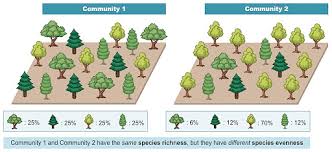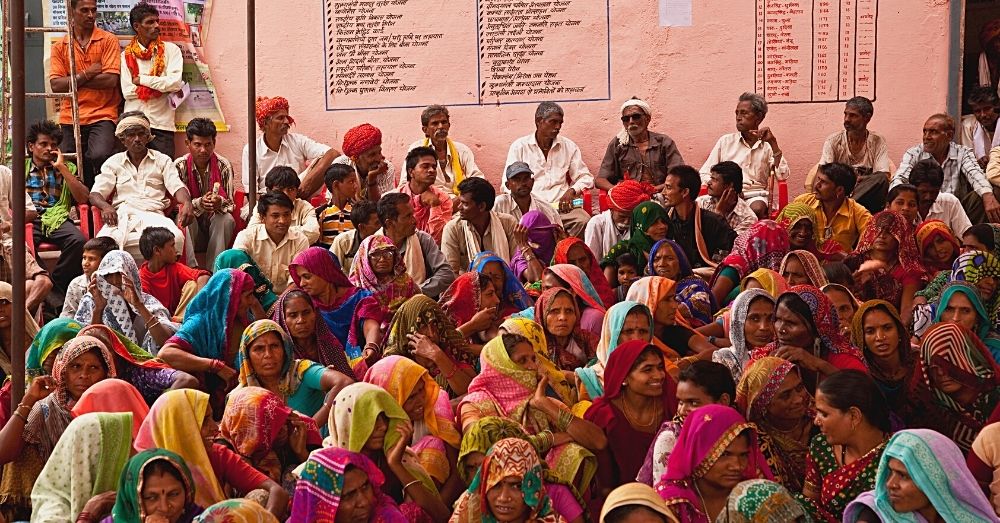Ecological Pyramid Detailed Analysis
Ecological pyramids are graphical representations that illustrate the distribution of energy, biomass, or numbers of organisms at each trophic level in an ecosystem. They provide a visual summary of the structure and functioning of ecosystems. There are three main types of ecological pyramids:
1. Pyramid of Energy
Definition:
- Represents the amount of energy available at each trophic level in an ecosystem.
Characteristics:
- Energy Flow: Energy is typically measured in units like kilocalories (kcal) or joules (J) and decreases as it moves up trophic levels.
- Shape: Always upright because energy decreases as it is transferred through the trophic levels due to the loss of energy at each level (approximately 10% is transferred to the next level, while the rest is lost as heat).
Example:
- Pyramid of Energy for a Terrestrial Ecosystem:
- Producers (e.g., plants): Capture solar energy through photosynthesis.
- Primary Consumers (e.g., herbivores): Obtain energy by consuming plants.
- Secondary Consumers (e.g., carnivores): Obtain energy by consuming herbivores.
- Tertiary Consumers (e.g., top predators): Obtain energy by consuming other carnivores.
2. Pyramid of Biomass
Definition:
- Represents the total biomass (total mass of living organisms) at each trophic level in an ecosystem.
Characteristics:
- Biomass Measurement: Biomass is usually measured in grams per square meter (g/m²) or kilograms per hectare (kg/ha).
- Shape: Can be upright, inverted, or even irregular, depending on the ecosystem. In some aquatic ecosystems, the pyramid of biomass is inverted because primary producers (like phytoplankton) have a much smaller biomass compared to the biomass of herbivores.
Example:
- Pyramid of Biomass in a Forest Ecosystem:
- Producers (e.g., trees, plants): Have the highest biomass because they form the base of the food web.
- Primary Consumers (e.g., insects, small herbivores): Have lower biomass compared to producers.
- Secondary Consumers (e.g., birds, small mammals): Have even lower biomass.
- Tertiary Consumers (e.g., large carnivores): Have the lowest biomass.
3. Pyramid of Numbers
Definition:
- Represents the number of individual organisms at each trophic level in an ecosystem.
Characteristics:
- Number Measurement: Measured in terms of individual organisms per unit area or volume.
- Shape: Can be upright, inverted, or irregular, depending on the ecosystem. In some ecosystems, a few large producers (like trees) can support many herbivores, leading to an inverted pyramid.
Example:
- Pyramid of Numbers in a Grassland Ecosystem:
- Producers (e.g., grasses): Usually have the highest number of individuals.
- Primary Consumers (e.g., insects, small herbivores): Have fewer individuals compared to producers but more than higher trophic levels.
- Secondary Consumers (e.g., small carnivores): Have fewer individuals compared to primary consumers.
- Tertiary Consumers (e.g., large predators): Have the fewest individuals.
Practice Questions
- Question:
- Explain why the pyramid of energy is always upright. What does this tell us about energy transfer in ecosystems?
Answer Outline:
- The pyramid of energy is always upright because energy decreases as it moves up trophic levels due to energy loss as heat and through metabolic processes. This reflects the inefficiency of energy transfer between trophic levels and the need for a large base of producers to support higher trophic levels.
- Question:
- Describe how the shape of the pyramid of biomass can vary between terrestrial and aquatic ecosystems. Provide an example of each.
Answer Outline:
- Terrestrial Ecosystems: Typically have an upright pyramid of biomass because producers (plants) have a large biomass relative to consumers.
- Aquatic Ecosystems: Often have an inverted pyramid of biomass because phytoplankton (producers) have a smaller biomass than the larger biomass of herbivores like zooplankton.
- Question:
- How can the pyramid of numbers differ from the pyramid of biomass? Provide an example of an ecosystem where the pyramid of numbers might be inverted.
Answer Outline:
- The pyramid of numbers can be inverted if a few large producers support many herbivores. For example, in a forest ecosystem, a single tree (one large producer) can support a large number of insects (herbivores), resulting in an inverted pyramid of numbers.
- Question:
- In a grassland ecosystem, what would the pyramid of energy, biomass, and numbers likely look like? Describe the expected shapes for each pyramid and explain why.
Answer Outline:
- Pyramid of Energy: Upright, showing a decrease in energy as you move up trophic levels from producers to consumers.
- Pyramid of Biomass: Upright, with the largest biomass at the producer level and decreasing at higher trophic levels.
- Pyramid of Numbers: Upright, with many producers (grass) supporting fewer herbivores and even fewer carnivores.
Understanding ecological pyramids provides insights into how energy, biomass, and populations are distributed in ecosystems and highlights the importance of producers in supporting all other trophic levels.
Also Read




